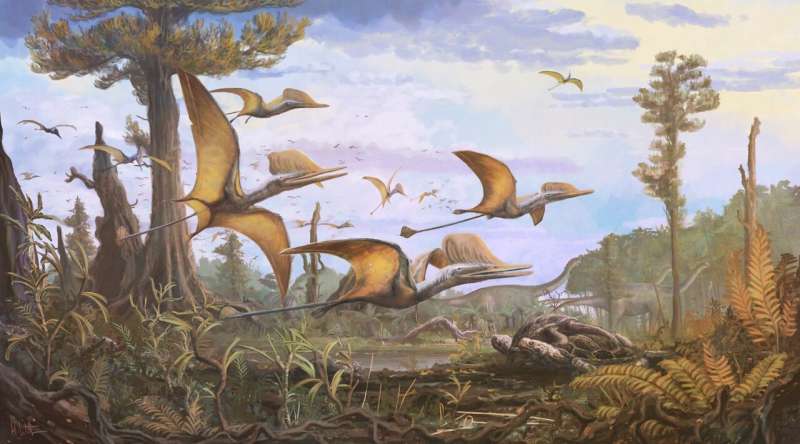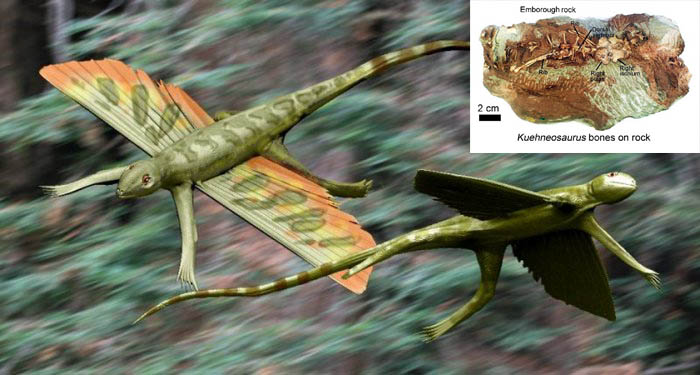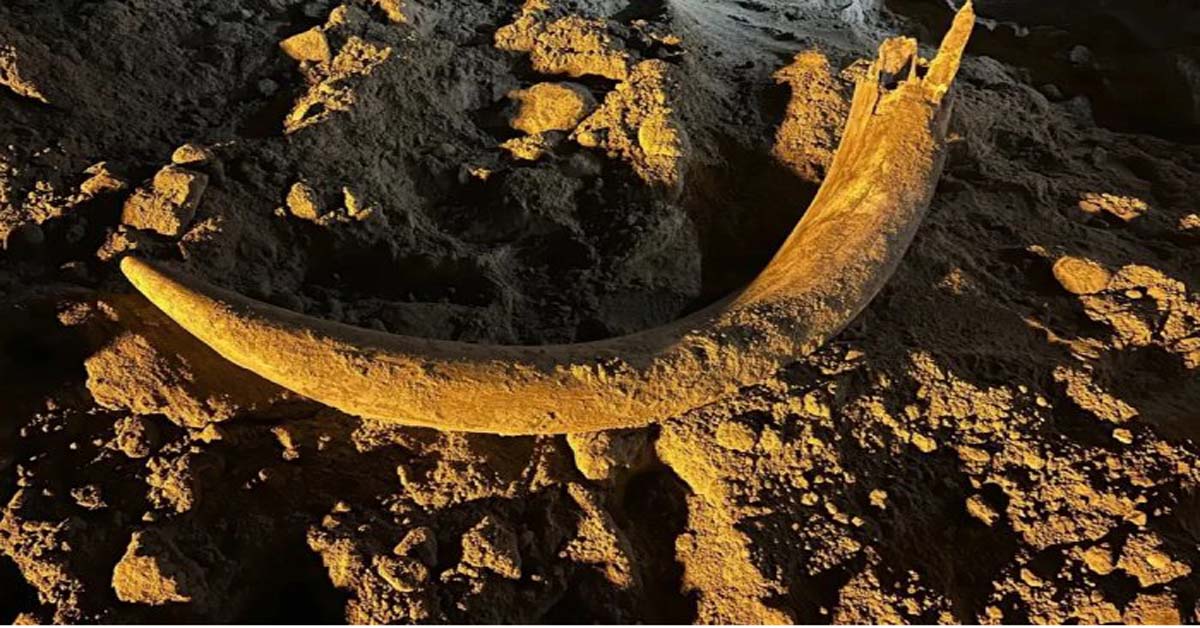Neolithic Ritual Cache Discovered in Ukrainian Cave
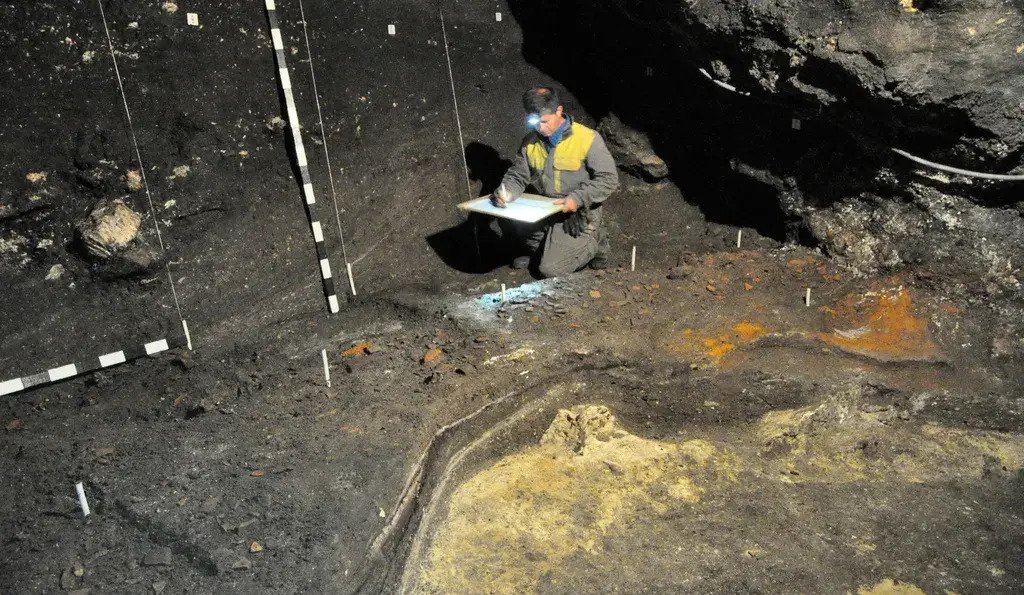
Caves have provided shelter for humans and our predecessors for at least two million years. They served as dwellings, hiding places, possibly shrines, and for the last 50,000 years, as a canvas for our art.
Now new discoveries in the uninviting Verteba Cave in Ukraine bring us a new glimpse into human history, at the dawn of agriculture in Eastern Europe.
The discoveries, dating to about 5,000 years ago, were made in March by archaeologists from the Borschivskyy Local History Museum in Ukraine, led by Sokhatskyi Mykhailo, a leading scholar of the Trypillian culture and director of the museum.
They shed rare light on the enigmatic Cucuteni-Trypillian culture that dominated territories in Ukraine, Romania and Moldova for over 2,000 years.
The Cucuteni-Trypillian culture is known to have been highly developed for its time, the late Neolithic and Chalcolithic. Some of their settlements were extraordinarily large; they farmed and husbanded domestic animals and had pottery and metallurgical skills.

Little however is known about their ritual life due to the scarcity of Trypillian burials. But now some hints have been unearthed at Verteba Cave – including a hidden collection of female figurines.
‘Pompeii on the Dniester’
Verteba Cave is about 9 kilometers (5.6 miles) long and features occasional small stalactites and stalagmites in maze-like tunnels. Its entrance is near the village of Bilche-Zolote, north of the Dniester River in western Ukraine.
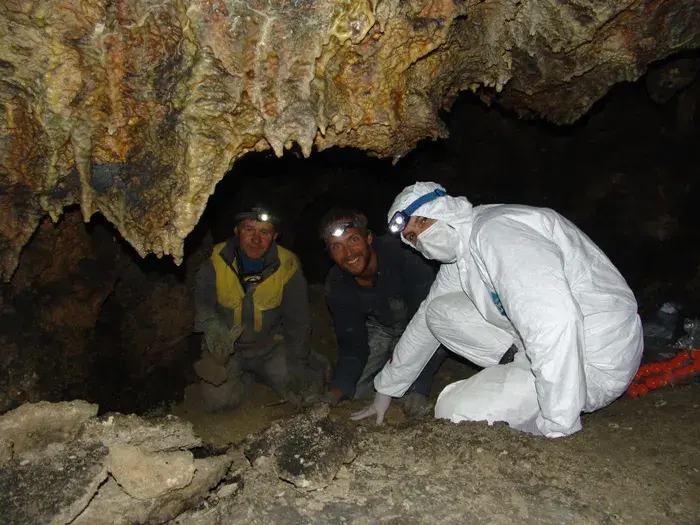
In fact the cave has been undergoing archaeological investigation since its discovery in 1829 and gained the soubriquet of “Pompeii on the Dneister” not because of volcano-stricken bodies strewn about but because of the sheer abundance of material from antiquity.
Finds over the years included elaborately ornamented pottery vessels, anthropomorphic and zoomorphic clay figurines, tools made of flint, bone, and stone, copper knives, and various ornaments made of bones and shells.
Many are on display inside the cave, which has effectively become an underground museum of Trypillian culture, complete with guided tours.
However, the earlier excavations were not systematic. Archaeological layers got mixed in the process, and valuable data was lost. (Archaeology is the art of destruction, some say, which is why modern archaeological research never excavates whole sites but rather only a slice of them, leaving the rest for future archaeologists equipped with advanced techniques and knowledge.)
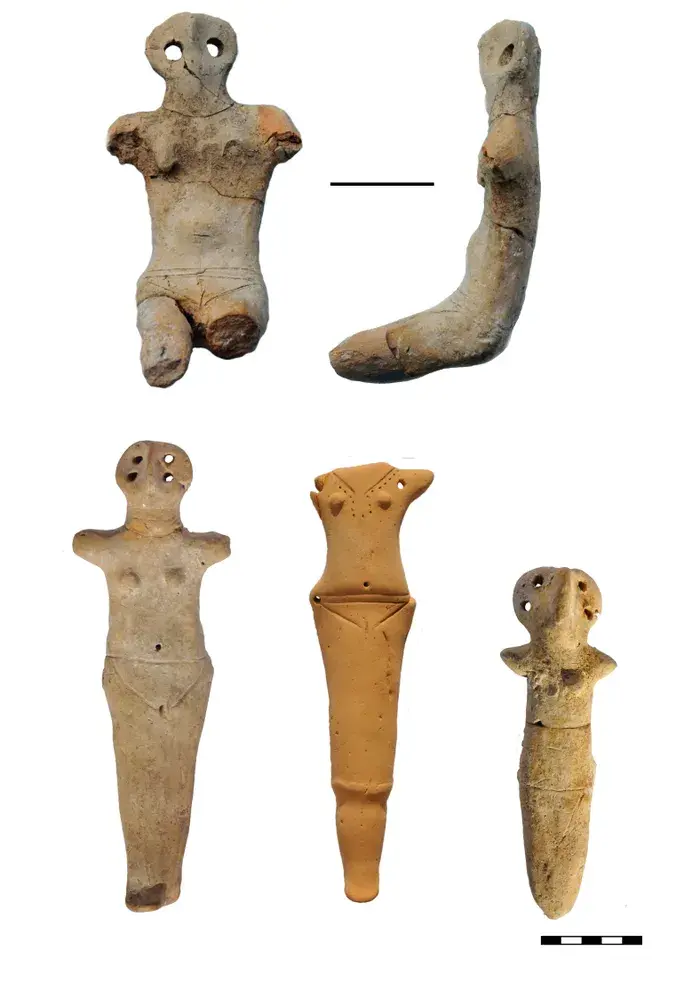
Then excavations starting in 1996 found layers undisrupted by previous research, which could be studied using modern methods, guided by almost 200 years of acquired data on the cave.
Stressful times and ‘talking bones’
The unique quality of the Verteba Cave for scholars of the Trypillians is the discovery of three layers of the culture, each separated by a sterile layer.
Research concluded that between 6,000 to 4,600 years ago, various groups associated with this culture, differentiated mainly by pottery style, used the cave intermittently, altogether occupying the cave for about 800 years.
What brought these early farmers here, to this unpleasant maze of darkness?

Verteba is not hospitable in any way. It consists of narrow pitch-black labyrinths, and is very humid. Nobody with options would have wanted to live there or stay long.
The requisite conclusion, scholars suggest, is that its primary function was as a refuge; but based on the amounts and density of the materials retrieved in the cave, when people did come, it was in large numbers.
Many scholars believe that the late Trypillian period was a turbulent time and indeed the occupation layers in the cave correlate with known migrations to the area by adjacent tribes.
Many Trypillian settlements from that time were fortified and surrounded by moats, or were built on high terraces next to rivers.

Moreover, the biological evidence found over the years may be scanty but it’s telling. Analysis of 21 Trypillian skulls found between 2008 to 2012 revealed that 12 had head traumas that had to have occurred at death or close to it, because they showed no signs of healing.
Theoretically, at least some of the traumas could have resulted from accidents. Still, osteological research on the position of the injuries and comparison to known markers of violent trauma says violence is the more plausible cause in most cases.
Furthermore, examination of the inhabitants’ teeth and long bones suggested they led a stressful life, at least more so than their predecessors.

Their remains indicate that the Verteba cave dwellers were shorter and experienced significantly more enamel defects than Ukraine’s earlier Mesolithic and Neolithic populations, which is indicative of malnutrition and/or disease early in life, during tooth formation.
The Trypillian economy was based on agriculture and husbandry alongside hunting and foraging. The Neolithic revolution brought a new way of life, with new stresses.
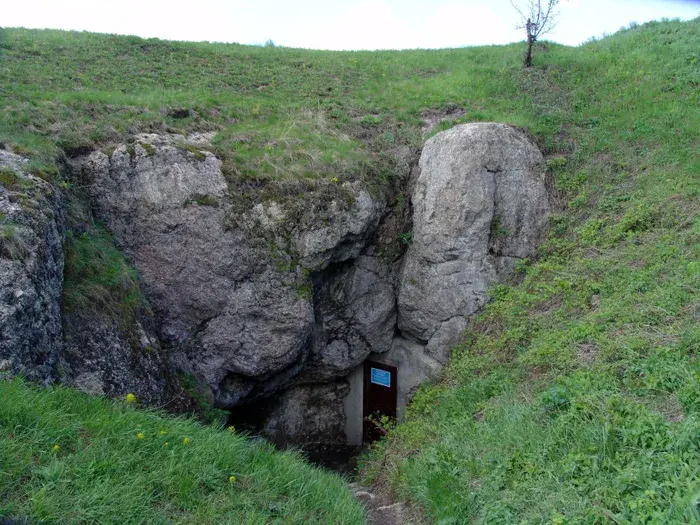
As populations grew and resources became limited, the evidence indicates that people suffered from malnutrition and illness associated with living in dense conditions.
Based on all this, the archaeologists think the cave served to hide in times of conflict likely arising from migration episodes, driven partly by the new way of life.
Supporting this thesis, the cave mouth is inconspicuous, at the bottom of a sinkhole in the middle of a flat plateau, making it a perfect hiding spot.
Nowadays, the cave has only one entrance but Sokhatskyi and the team discovered that it had several during the Neolithic period.
The Trypillians weren’t the only ones to hide in the cave system. Around 3,000 years later, others would find refuge in it again – Jews hiding from the Nazis during World War II.
An exhibition of items they left behind, like the Trypillians before them, is in process in the underground museum in this extraordinary cave, no place to spend one’s life but a wonderful place to hole up.
An interlude with boars
All that said, hiding wasn’t the only thing the Trypillians did inside Verteba, Sokhatsky surmises. It was also a place of worship and burial.
Throughout history, people have sought sanctuary in holy sites, such as churches and temples, he adds.

Among the finds in March, the archaeologists found an enormous clay storage jar with a white organic material on its bottom that has yet to undergo analysis. And they noticed a niche in a wall that had been missed, a small one into which only a hand could fit.
Inside it they revealed five female clay figurines, placed closely together, Sokhatskyi says.

“Female figurines are not rare in Trypillian contexts, and hoards of figurines are known, but these were sheltered by the tusks of a wild boar,” he says.
Searching the literature produced no parallels, he says.
In general, boar remains are rare within Trypillian complexes. Their tusks have been found within some Early and Middle Trypillian graves but this culture’s rituals seemed to have been focused more on domesticated animals like cattle, sheep, goats and dogs. When wild animals were represented, they are usually bears or deer.

Verteba is “late Trypillian” and in that context, this find is unique, the archaeologist explains. In Verteba, the team also found jewelry and tools (for pottery production) made of boar teeth, and in 2016, they found a small clay boar figurine.
For some reason, the boar may have played an important role for the people in the cave.
One possibility is persistence of old traditions, also suggested by the habit of the Trypillians to return to old pottery ornamentation traditions, Sokhatskyi suggests. Perhaps it is that very thing, preserving tradition, that enabled them to preserve their culture for all these years.

